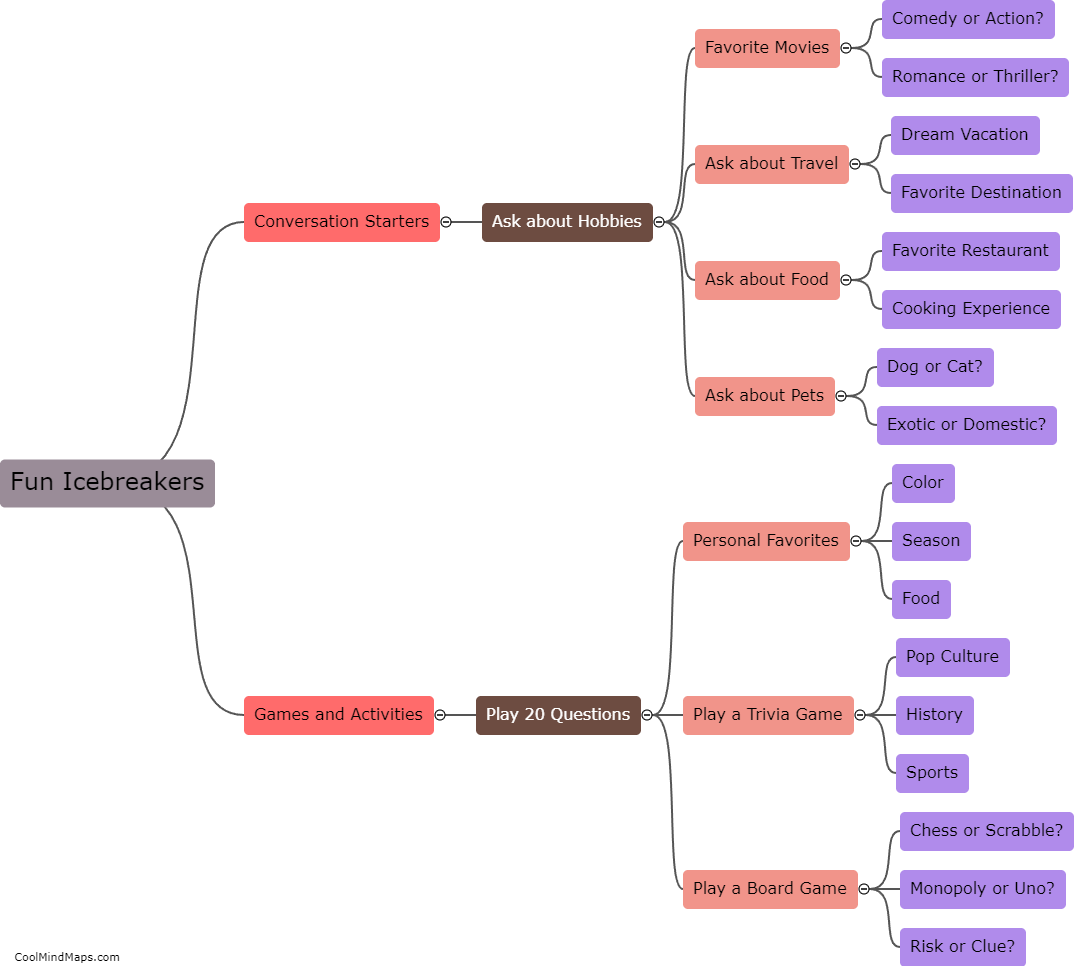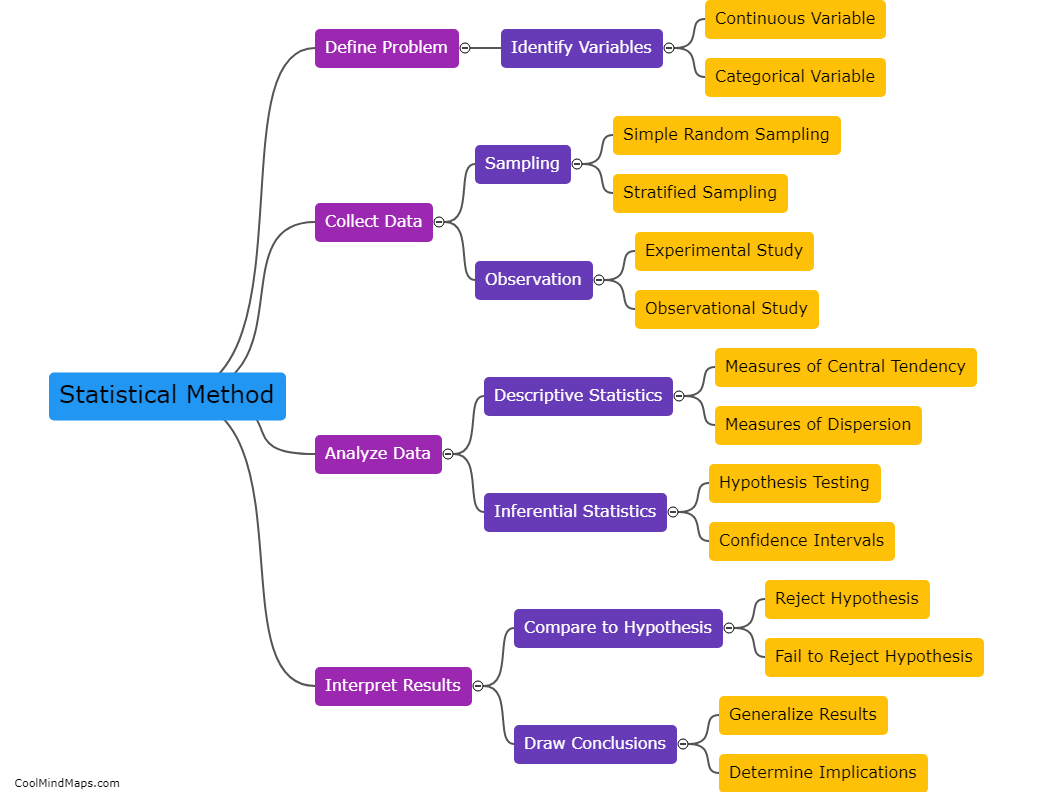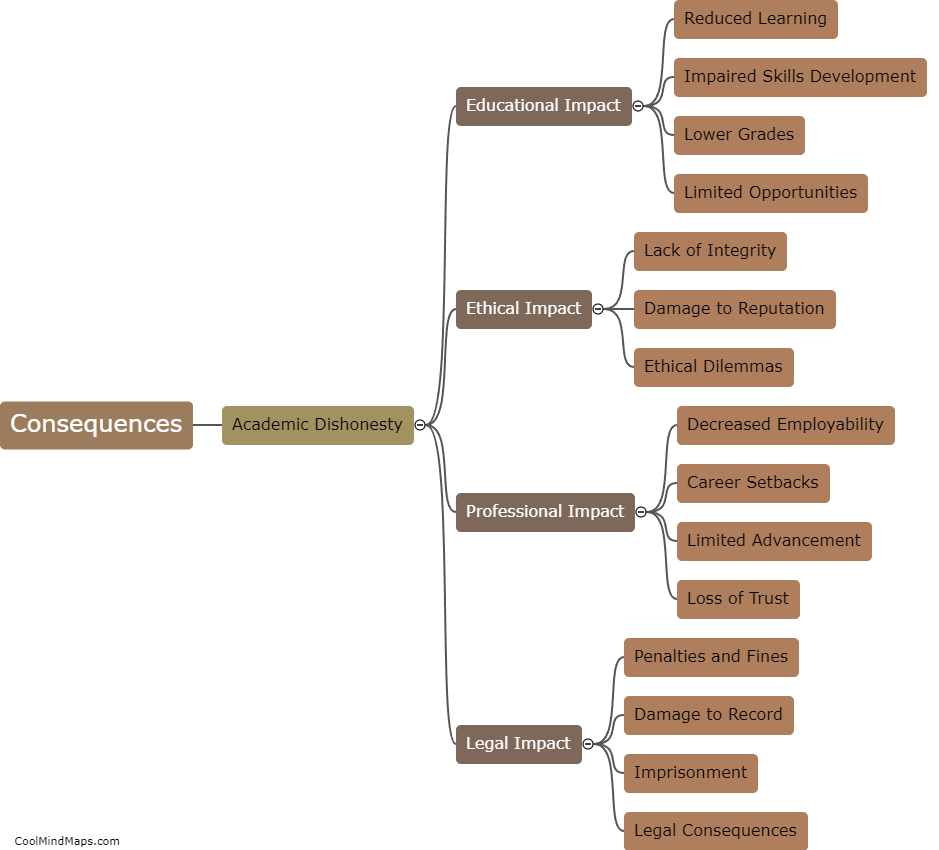How are populations and samples of observations different?
Populations and samples are two terms used in statistics to refer to the groups of individuals or objects from which data is gathered. A population is the complete set of all individuals or objects of interest, while a sample is a subset or a smaller portion of the population that is used to represent the whole. In other words, a population is the entire group being studied, whereas a sample is a smaller portion of that group that is randomly selected for analysis. The main difference between populations and samples is their size: populations are much larger and more extensive, while samples are smaller and more manageable for data collection and analysis purposes. The choice between using a population or a sample depends on the research question and the available resources.

This mind map was published on 26 October 2023 and has been viewed 126 times.











